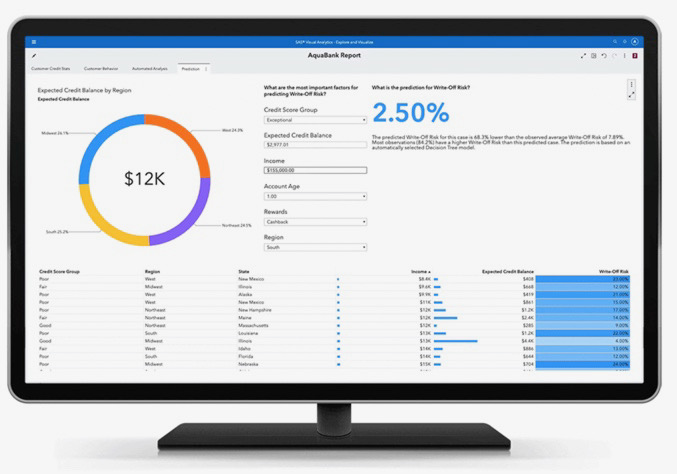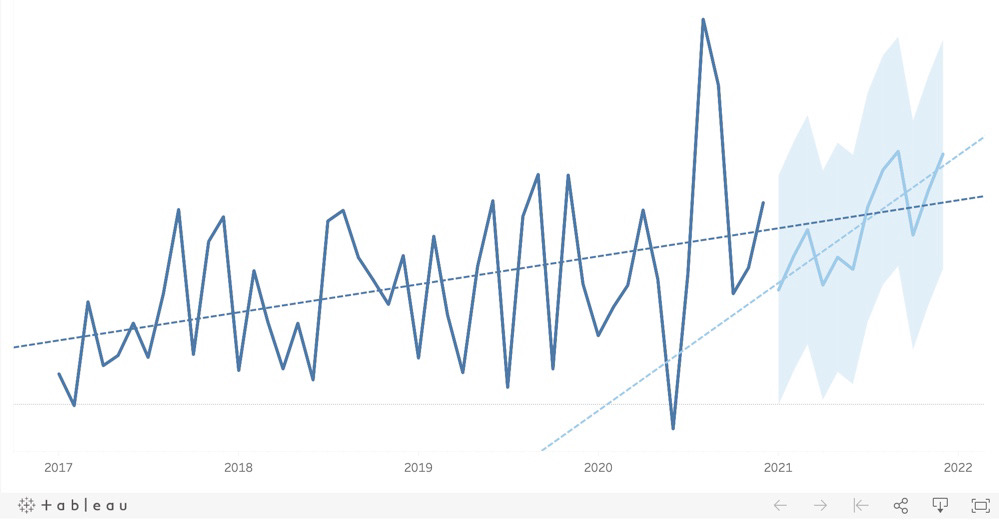Last year was a blast when it comes to new forms of digital work and cooperation - at work and with family and friends. Besides using digital sticky notes with miro, building JIRA-Boards instead of physical sprint boards and using zoom, teams and skype nearly every day I set my goals to improve my scripting skills in Python, SQL, SAS and Tableau early in 2020. In this blog post I want to give a short introduction on the ways, platforms and books I used in 2020 to learn, improve my skills, discover new areas and achieve certifications.
Title Image by: Markus Spiske on Unsplash
 Photo by Markus Spiske on Unsplash
Photo by Markus Spiske on Unsplash
Python
When scrolling through my book shelve I grabbed some books I worked through in the last couple of years and browsed them again. Tomasz Drabas “Practicle Data Analysis Cookbook” with over 60 practicle recipes on data exploration and analysis with Python and Jake VanderPlas “Python Data Science Handbook” on essential tools for working with data covering NumPy, Pandas, Matplotlib and sklearn are good starters. John Hunt “Advanced Guide to Python 3 Programming” covers many topics from Testing to Regex, Database Access to Parallelism and even Computer Generated Art as well as José Unpingco “Python for Probability, Statistics, and Machine Learning” covering practicle introductions on Probability, Statistics and Machine Learning with Python. While visualizing data and building dashboards is what I love most I worked more deeply into Python Plotly and Dash with an Developer Course on Udemy. That gave me an opportunity to convert all the things I learned with R and Tableau on visualizing data in the last years and gain momentum in the Python world. What helped me most is the daily practicle application of what I learned, scrolling stackoverflow, see how deeply skilled developers in my organization solved similar tasks and always try to automate some manual processes I discover during my work. Python helped me a lot to extend the functionalities of JIRA and to get started with explanable AI and ethics in data usage.
 Photo by Paul Hanaoka on Unsplash
Photo by Paul Hanaoka on Unsplash
SQL
SQL is in most situations the fastest way to extract, process and analyze data from relational databases. It can be used for querying i.e. Oracle, MSSQL or PostgreSQL databases and helps me in my daily work. This year datacamp.com offered free access to it’s platform and I used my time to complete courses on joining data, exploratory data analysis and data driven decision making with SQL. Unlike Udemy where you take online video courses on certain topics, learn things and apply the code on your own examples Datacamp provides you with a more interactive platform, where you will be given tasks and you have to find the correct solution yourself. Datacamp gets the hurdles of building your own SQL Server out of the way and checks and reviews every piece of SQL code you write. You gain XP and follow a learning path Datacamp provides on different topics. The five courses took some time but I learned a lot to solve some tasks in SQL and SAS environment.
 Photo by sas.com
Photo by sas.com
SAS
Some years ago in a situation where I had to decide which platform my organization should deploy to provide internal and external clients with interactive dashboards I considered all the top choices in this area. While Tableau was intuitive and very user friendly, focussed modern layout and easy to use data connectors SAS at this point wasn’t very convincing. We prefered Tableau over QLIK, PowerBI and SAS Visual Analytics. Tableau is still my prefered platform because of UX and the fact that Tableau provides many free opportunities, but in my current position I was lucky to discover a completely makeover SAS Visual Analytics on SAS Viya. I can do many things I was able to do with Tableau: Build visually appealing dashboards connect them to SAS data preparation pipelines and share visualizations along the organization. There is still pretty much to learn for me and much progress is to be made in the next year. Many things I learned to perform in SQL can be done with PROC SQL in SAS, so my progress in that area put me in a good position to deepen my SAS skills. Additionally I absolved a SAS course on Udemy to refresh the basics plus learn some advanced concepts and achieved an youracclaim.com batch on SAS Essentials. In my organization we have tons of knowlegde with SAS and some very skilled developers and I can learn from them every day, what helped me the most.

Tableau
When I changed my job this year I not only left some fellow colleagues and friends, interesting projects and an industry I felt very comfortable in, I had to leave my beloved Tableau Server. I followed a more general advice of a very impressive basketball coach saying: “Take your ass out of the comfort zone” and took an opportunity. In my new postion I found inspiring colleagues, challenging products, a well established development organization, many new topics to discover with space to learn and develop myself every day. I also returned to SAS and Visual Analytics and was very happy to see the evolution it has undergone. In my private projects I decided to stick with Tableau Public and to stay on track to broaden my skills with Tableau. In 2020 I acchieved four youracclaim.org batches from Tableau on Data Analysis, Data Science and Design with Tableau. By necessity I had to take a closer look on automated pipelines into Tableau Public using Python and Google Spreadsheets and now I’m very happy to continue visualizing data using Tableau.
The ending year brought many opportunities and challenges and an even greater need for personal development in an rapidly evolving field like Data Science. I am very proud to have graduated at Univerity of Lucerne with an Certificate of Advanced Studies in Big Data Analytics and to start a new career in Social Insurance Industry. Machine Learning in an agile development environment, SCRUM and SAFe and not to forget progress in my personal toolkit of programming skills and tools will drive my development in upcoming 2021.
Thank you, and a happy new year everyone!